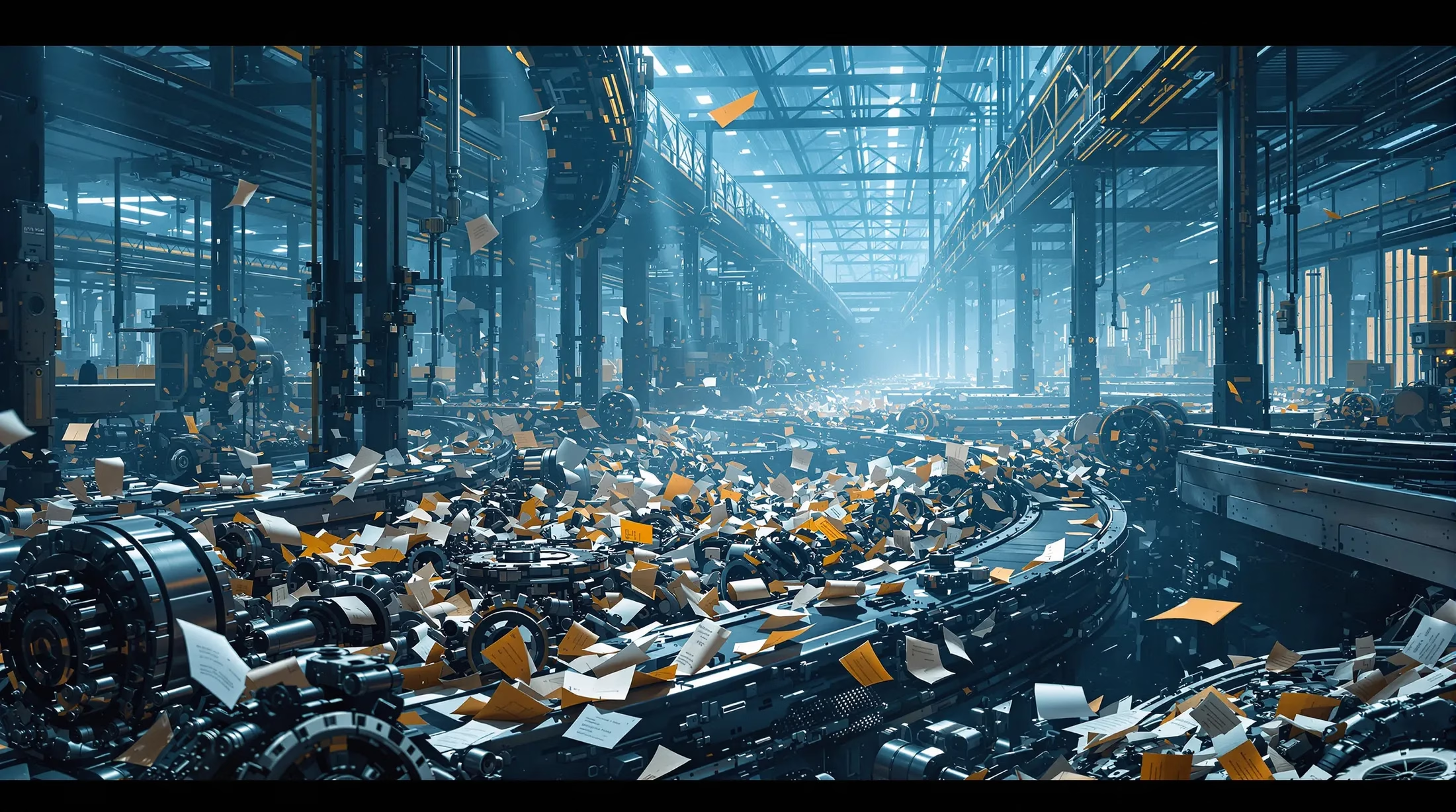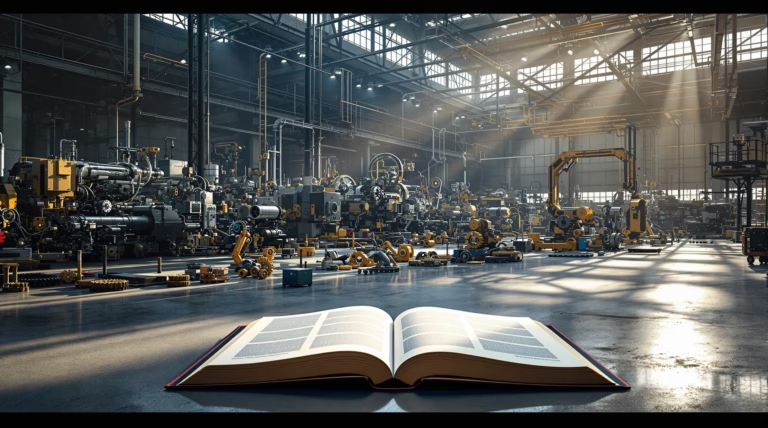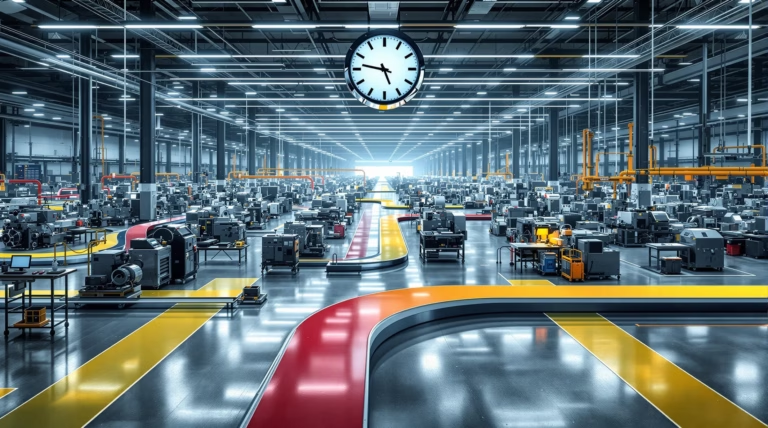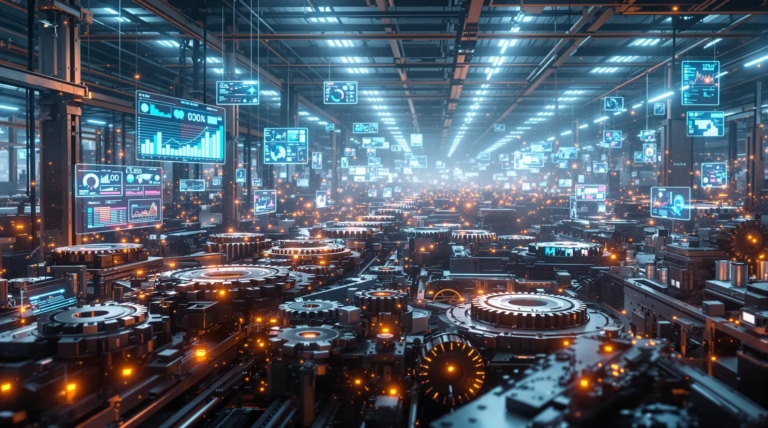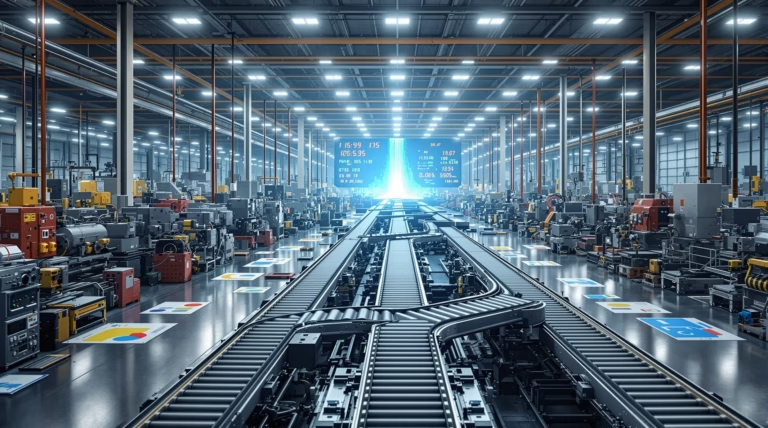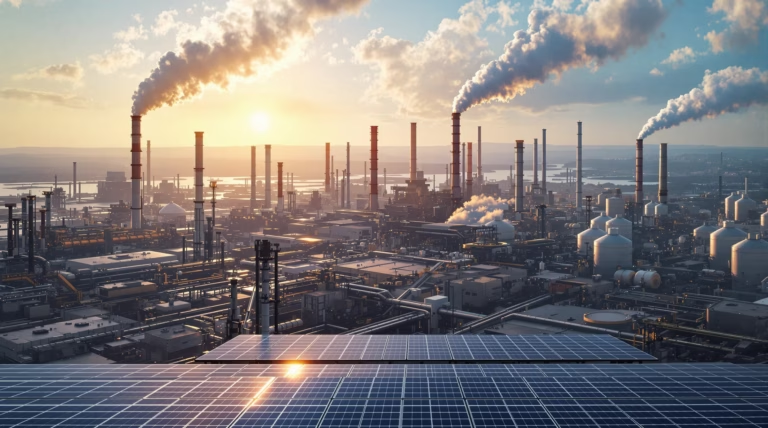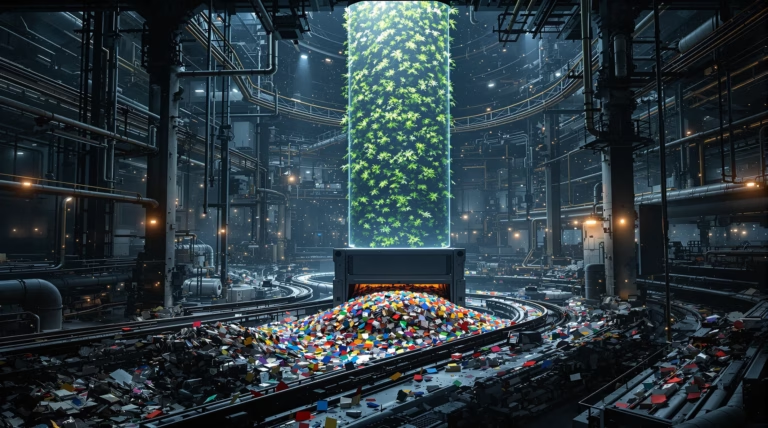Production Line Automation: Transforming Efficiency and Productivity
Discover how production line automation is revolutionizing manufacturing processes and setting new standards for efficiency. From advanced robotics to smart systems integration, modern automation technologies are reshaping the industrial landscape while delivering unprecedented levels of productivity and quality control.
Understanding Production Line Automation
Production line automation represents a fundamental shift in manufacturing methodology, transforming traditional manual processes into sophisticated systems operating with minimal human intervention. These industrial automation systems create a seamless production flow by integrating various machines, tools, and technologies to optimize efficiency and output quality.
A well-designed automated production line functions as an orchestrated system where raw materials undergo systematic transformation through various stages into finished products. The process relies on precisely planned workflows where automated components transport materials between workstations with remarkable efficiency, creating a harmonious interaction between conveyor belts, robotic arms, sensors, and control systems.
What is Production Line Automation?
Production line automation encompasses the implementation of technology and equipment that performs manufacturing tasks automatically. This sophisticated integration combines mechanical systems, electronic controls, and computer technology to execute sequential manufacturing operations with precision.
- Significant reduction in labor costs and human error
- Enhanced operational efficiency and workplace safety
- Flexible production capabilities for various product types
- Real-time monitoring and adjustment capabilities
- Continuous performance evaluation through sensor systems
History and Evolution of Automation in Manufacturing
The evolution of industrial automation traces back to the Industrial Revolution, beginning with simple mechanical innovations in textile machinery powered by water and steam. The true foundation of modern automation emerged when Henry Ford revolutionized manufacturing with the moving assembly line for automobile production.
| Era | Key Developments |
|---|---|
| Early 20th Century | Introduction of moving assembly lines |
| Mid-20th Century | Integration of electrical and electronic controls |
| 1960s | Introduction of programmable logic controllers (PLCs) |
| Late 20th Century | Digital revolution and computer-integrated manufacturing |
| Present Day | AI integration, IoT connectivity, and autonomous systems |
Benefits of Production Line Automation
Production line automation delivers transformative advantages to manufacturers seeking competitive edge in today’s market landscape. These automated solutions minimize human intervention in repetitive tasks, allowing workers to focus on higher-value activities that require creativity and problem-solving skills.
Enhancing Manufacturing Efficiency
Automated production processes fundamentally transform manufacturing efficiency through optimized workflow continuity and resource utilization. Advanced sensor systems enable real-time adjustments, maintaining optimal performance levels throughout the manufacturing process.
- 30-50% efficiency improvement compared to manual methods
- Reduced production bottlenecks through precise synchronization
- Optimized material handling and inventory management
- Early detection and prevention of quality issues
- Elimination of costly rework cycles
Improving Productivity and Reducing Costs
Production line automation delivers substantial productivity improvements that directly impact manufacturing efficiency. Automated systems operate continuously without fatigue or breaks, extending productive hours beyond traditional manual operations. This 24/7 production capability drives significant output increases without proportional labor cost growth. Industry data shows that well-implemented automation solutions achieve productivity gains of 40-70%, with advanced systems reaching improvements of over 200% compared to conventional methods.
- Direct labor costs decrease by 40-60% through reduced operator requirements
- Material costs decline 10-20% through precision manufacturing and waste reduction
- Energy efficiency improvements from optimized equipment operation
- Quality-related costs reduce by 50-90% through automated inspection systems
- Enhanced profit margins through lower per-unit production costs
Key Technologies in Production Line Automation
Modern automated production lines function as interconnected technological ecosystems, transforming raw materials into finished products with exceptional efficiency. These systems integrate sophisticated I/O components, advanced conveyor systems, robotic manipulators, automated guided vehicles (AGVs), and intelligent control systems that coordinate operations across the entire production environment.
| Subsystem Component | Primary Function |
|---|---|
| Workstations | Perform specialized manufacturing processes with precision |
| Control Systems | Orchestrate timing and synchronization between machines |
| Sensors | Monitor position, temperature, pressure, and quality metrics |
| Data Analytics | Enable dynamic process adjustments and optimization |
Role of Robotics in Automation
Industrial robots have transformed production environments by executing complex tasks with unprecedented precision and consistency. These advanced machines excel in applications requiring repetitive movements, featuring 6-8 axes of movement for human-like dexterity while maintaining submillimeter accuracy. Integration with vision systems enables autonomous component identification, sorting, and positioning.
- Protection of workers from hazardous or physically demanding tasks
- Consistent output regardless of environmental conditions
- Reduced material waste through precise operations
- Accelerated production cycles with maintained accuracy
- Enhanced workforce optimization through collaborative robots (cobots)
Integration of Smart Manufacturing Systems
Smart manufacturing merges physical production systems with digital technologies, creating intelligent factories where machines communicate and make autonomous decisions. This integration utilizes Industrial Internet of Things (IIoT) connectivity to establish comprehensive digital networks, enabling real-time information exchange between production equipment, inventory systems, and enterprise software.
- Real-time visibility into manufacturing operations through MES integration
- Predictive maintenance through machine learning algorithms
- Remote monitoring and control capabilities via cloud platforms
- Automatic production parameter reconfiguration
- Synchronized production scheduling with material availability
- Rapid response to changing customer requirements
Challenges and Considerations in Implementing Automation
Implementing production line automation presents significant challenges that require careful navigation. The initial investment for specialized equipment often demands custom-designed solutions tailored to specific manufacturing processes. This customization increases upfront costs and implementation timelines while requiring future-proof designs that can accommodate increased throughput as demand grows.
- Substantial financial investment in specialized equipment
- Extended implementation timelines for custom solutions
- Need for scalable architecture planning
- Regulatory compliance requirements
- Balancing current production with system implementation
Overcoming Technical and Financial Barriers
Technical implementation challenges primarily stem from integrating diverse technologies into synchronized systems. Organizations frequently encounter compatibility issues between new automation equipment and legacy machinery, requiring either custom interface development or complete system replacement.
| Financial Strategy | Implementation Approach |
|---|---|
| Phased Deployment | Spread investment over time with targeted implementations |
| Equipment Leasing | Reduce initial capital requirements through flexible financing |
| Government Incentives | Leverage available modernization programs and tax benefits |
| ROI-Based Prioritization | Focus on high-impact areas for immediate efficiency gains |
Ensuring Workforce Adaptation and Training
Workforce adaptation represents a critical yet often underestimated aspect of successful automation implementation. The transition fundamentally transforms job roles, requiring employees to develop new technical skills and adapt to different operational paradigms.
- Early engagement and transparent communication of objectives
- Comprehensive training programs before system deployment
- Combination of theoretical and hands-on practical training
- Development of internal automation champions
- Simulation-based learning environments
- Continuous skill development and support systems
The Future of Production Line Automation
As Industry 4.0 evolves toward Industry 5.0, manufacturing facilities are becoming increasingly autonomous and intelligent. Advanced artificial intelligence algorithms will not only control operations but continuously optimize processes based on real-time performance data, market demands, and resource availability.
- Integration of physical and digital domains through cyber-physical systems
- Adaptive automation systems for mass customization
- Modular production cells with self-configuring capabilities
- Digital twin technologies for virtual simulation
- Enhanced production agility through intelligent control architectures
- Real-time optimization based on market and resource conditions
Emerging Trends and Innovations
Artificial intelligence and machine learning are revolutionizing production line automation through intelligent, self-learning systems. These advanced technologies enable continuous performance optimization through several key innovations:
- Predictive maintenance algorithms that detect potential equipment failures weeks in advance
- High-speed computer vision systems capable of identifying microscopic defects
- Reinforcement learning algorithms enabling autonomous robot path optimization
- 5G-enabled hyperconnected factory environments
- Intelligent Autonomous Mobile Robots (AMRs) for precise component delivery
- Augmented reality interfaces for enhanced operator decision-making
- Blockchain integration for supply chain transparency
- Digital product passports for lifecycle management
Sustainability and Automation
Modern production line automation increasingly focuses on environmental sustainability while maintaining operational efficiency. Advanced systems now incorporate multiple resource-optimization technologies:
| Technology | Sustainability Impact |
|---|---|
| Energy Management Systems | Optimize power consumption and utilize renewable energy periods |
| Precision Dispensing Systems | Minimize material waste through exact quantity control |
| Closed-loop Recycling | Real-time capture and reprocessing of production scrap |
| Digital Product Passports | Enable automated end-of-life processing and component recycling |
| Automated Scheduling | Reduce energy waste through optimized production sequences |
These automated sustainability solutions deliver both environmental benefits and significant cost savings while ensuring compliance with evolving global environmental standards. The integration of sustainability metrics into automation systems represents a fundamental shift in how manufacturing efficiency is measured and optimized, creating a new paradigm for sustainable production.

